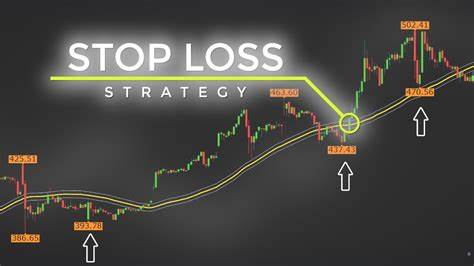



In the dynamic world of trading, where fortunes can change in an instant, Stop Loss (SL) and Take Profit (TP) orders play a pivotal role. These tools are like the safety nets that prevent traders from falling into deep losses or missing out on potential gains. Let’s delve into their significance and how to wield them effectively.
Understanding Stop Loss and Take Profit Orders
- What Are They?
- Stop Loss (SL): Imagine it as your emergency exit. A stop loss order specifies the price at which you’re willing to close a trade to limit your losses. Even if you’re not glued to your trading screen, the SL order remains active, protecting your account.
- Take Profit (TP): This is your profit target. It indicates the price at which you want to close a trade once you’ve achieved your desired profit. TP ensures that you don’t get greedy and miss out on gains.
- Why Are They Crucial?
- Risk Management: SL helps manage risk. By setting a predefined loss threshold, you prevent emotional decisions during market volatility.
- Profit Lock-In: TP ensures that you secure profits when the market reaches your target. It prevents you from waiting too long and potentially losing gains.
- Automation: Both SL and TP orders execute automatically, even if you’re away from your device. No more sleepless nights worrying about sudden market shifts.
- Setting SL and TP Orders
- Technical Analysis: These orders aren’t arbitrary. Months of studying technical analysis are essential. Understand charts, asset behavior, and peak price calculations.
- Market Dictates: Let the market guide you. Your trading rules help decide whether a trade is worth entering, but the market determines the right SL and TP levels.
- Types of Stop Loss Orders
- Market Order: Closes your position at the current market price.
- Limit Order: Sets a specific price level for closing.
- Trailing Stop: Adjusts dynamically as the price moves in your favor.
- Remember These Tips
- Avoid Changing SL: Once set, stick to it. Emotional influence during active trades can lead to poor decisions.
- Continuous Learning: Keep refining your understanding of SL and TP. They’re not one-size-fits-all; adapt them to your strategy.
In summary, mastering the art of using SL and TP orders requires diligence, experience, and a systematic approach. They’re not just buttons on your trading platform; they’re your allies in the volatile trading arena. So, set them wisely, and may your trades be profitable! 📈🔍
Sources:
